Home>Ideas and Tips>How To Design A Butterfly-Shaped Rain Garden
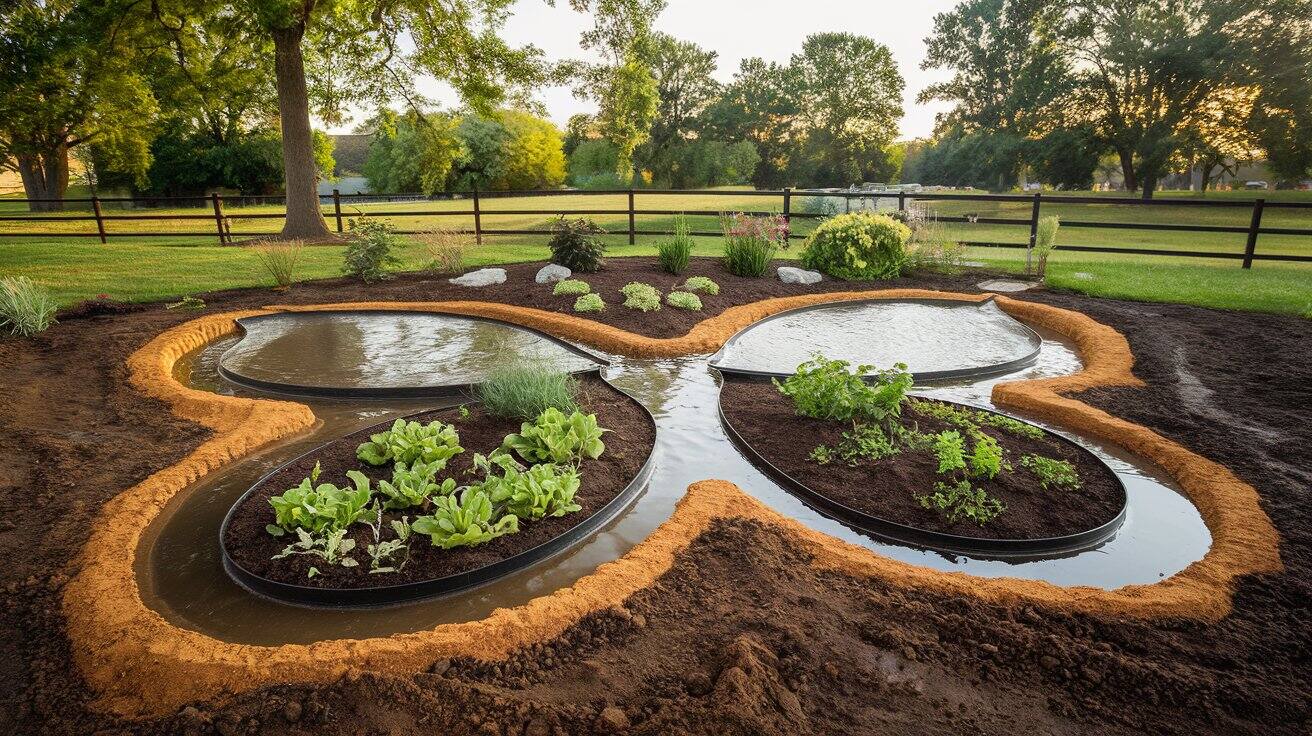

Ideas and Tips
How To Design A Butterfly-Shaped Rain Garden
Modified: October 20, 2024
Learn how to design a butterfly-shaped rain garden to manage stormwater runoff, enhance your landscape, and attract wildlife with our step-by-step guide.
(Many of the links in this article redirect to a specific reviewed product. Your purchase of these products through affiliate links helps to generate commission for Storables.com, at no extra cost. Learn more)
Creating a rain garden is an excellent way to manage stormwater runoff, enhance your landscape, and attract wildlife. A butterfly-shaped rain garden, in particular, offers a unique and visually appealing design that can add beauty to your yard while serving its primary function. In this article, we will guide you through the process of designing and constructing a butterfly-shaped rain garden, highlighting the key considerations and steps involved.
Determining the Site
Before you begin designing your rain garden, it is crucial to choose the right location. The site selection is the most important consideration in planning a rain garden. You want to locate your rain garden in an area that receives runoff from impervious surfaces such as roofs, patios, and driveways. This ensures that the rain garden can effectively capture and filter stormwater runoff.
Read more: How To Design A Butterfly-Shaped Herb Garden
Avoiding Problematic Areas
When selecting a site for your rain garden, there are several areas you should avoid:
- Near Buildings: Position your rain garden at least 10 feet away from any building to prevent water intrusion and damage to the foundation.
- Underground Utilities: Call your utility companies to identify underground utilities and avoid digging in those areas to prevent damage.
- Septic Systems and Drinking Water Wells: Keep your rain garden at least 100 feet away from septic systems and drinking water wells to prevent pollution.
- Steep Slopes: Avoid steep slopes as they can lead to erosion and make it difficult for the rain garden to function effectively.
Assessing Runoff Flow
To determine the best location for your rain garden, observe where the rainwater pours off the roof via downspouts and how it flows to the lawn and into the street. This will help you identify natural pathways for water flow that you can redirect into your rain garden.
Choosing the Right Shape
A butterfly-shaped rain garden is aesthetically pleasing and can be designed to fit various spaces. The best shape for a rain garden is natural and rounded, such as an oval, teardrop, or kidney shape. These shapes allow for gentle slopes and a flat bottom, which are essential for effective water collection and filtration.
Marking the Area
To visualize your butterfly-shaped rain garden, use a hose or rope to outline the potential area. This will help you see the shape from all angles and ensure it fits well with your yard's layout. You can also use landscape paint to mark the area temporarily before digging begins.
Sizing Your Rain Garden
The size of your rain garden is crucial for its effectiveness. A small rain garden is better than nothing, but it should be at least 150 square feet to provide enough room for an interesting variety of plants. The size will depend on the amount of impervious surface area contributing runoff to the garden.
Calculating Impervious Surface Area
To determine the size of your rain garden, calculate the square footage of impervious surface areas that will contribute runoff. This includes roofs, patios, sidewalks, and driveways. Multiply this area by 5 to 10 percent to get an estimate of the required rain garden size.
For example, if a house has a roof of 2,400 square feet and a driveway that is 20 feet by 30 feet, both of which slope toward the proposed rain garden:
- Add up all impervious areas: Total Area of Impervious Surfaces = roof square footage + driveway square footage.
- Use this total to determine the size of the garden: Rain garden size = Total Area of Impervious Surfaces x (5 percent ~ 10 percent).
Creating a Butterfly-Shaped Design
Once you have determined the site and size of your rain garden, it's time to create a butterfly-shaped design. Here are some steps to follow:
- Sketch Your Design: Sketch out your butterfly-shaped rain garden on paper. Consider the natural flow of water and how it will enter and exit the garden.
- Mark the Area: Use a hose or rope to mark the area where you plan to dig. This will help you visualize the shape and ensure it fits well with your yard's layout.
- Dig the Depression: Dig out soils up to 6 to 8 inches deep for the basin. The depth should be no deeper than 8 inches to prevent standing water and mosquito breeding.
- Amend Soils: If necessary, amend your soil to improve drainage. This can include adding organic matter or perlite to enhance infiltration rates.
- Create a Berm: Use the removed sod to create a berm on the downslope side of your garden. This will help control potential ponding height and direct excess water away from the garden.
Selecting Plants
Choosing the right plants for your butterfly-shaped rain garden is crucial for its success and aesthetic appeal. Native plants are adapted to local conditions, easy to maintain, and attract birds and butterflies. Here are some tips for selecting plants:
- Drought Tolerant Plants: Plant drought-tolerant species at higher parts of the basin where water may be scarce.
- Flood-Tolerant Plants: Place flood-tolerant species in lower lying areas or in the most direct path from downspouts.
- Native Plants: Use native plants that are adapted to local weather conditions, including both wet and dry periods.
Some attractive flowering choices with big wildlife appeal include:
- Oakleaf Hydrangea: This shrub thrives in rain gardens while providing three seasons of interest.
- Ninebark Shrub: This shrub has interesting cultivars like 'Nugget' with chartreuse leaves and 'Diablo' with moody purple foliage.
- Spicebush: This shrub draws swallowtail butterflies, which use it as a host plant.
For flowers around the edge of the rain garden, consider plants that rarely have wet feet and can handle occasional drought periods. Some attractive flowering choices include:
- Bluestar (Amsonia): This perennial has done well in wet feet in winter and dry feet in summer.
- Baltic Parsley (Cenolophium denudatum): This perennial has oversized white flowers that appear to float through spring gardens.
- Coneflower (Echinacea pallida): This native coneflower does well with wet feet in winter and dry feet in summer, providing winter interest with seed heads.
Rain Garden Care and Maintenance
Although rain gardens require less maintenance than typical flowerbeds, they still benefit from some care practices. Here are some tips for maintaining your butterfly-shaped rain garden:
- Watering: Water deeply but infrequently during times of drought to encourage healthy roots.
- Weeding: Keep your rain garden free of weeds, both for plant health and aesthetics. The best time to weed is after a rain when the soft soil allows weed roots to release their purchase easily.
- Mulching: Apply a 3-inch layer of mulch to suppress weeds and retain moisture in the soil. Fine hardwood mulch is less likely to float away after heavy rain.
Addressing Common Concerns
There are several common concerns when designing and maintaining a rain garden, including:
- Mosquitoes: Rain gardens do not attract mosquitoes because they drain within 12 to 48 hours after a storm, which is less than the seven days needed for mosquito breeding.
- Pollution: By filtering pollutants from runoff, rain gardens help prevent chemicals from seeping into waterways.
- Aesthetics: Rain gardens can be designed to be visually appealing, adding beauty to your landscape while serving its primary function.
Conclusion
Designing a butterfly-shaped rain garden is a rewarding project that not only helps manage stormwater runoff but also enhances your yard's aesthetic appeal. By following these steps—determining the site, choosing the right shape, sizing your garden, creating a design, selecting plants, and maintaining your garden—you can create a functional and beautiful rain garden that attracts wildlife and supports sustainable landscaping practices.
Remember to always consider local regulations and consult with experts if needed. With proper planning and execution, your butterfly-shaped rain garden will become a valuable addition to your home improvement project, contributing positively to both your environment and your community.
Was this page helpful?
At Storables.com, we guarantee accurate and reliable information. Our content, validated by Expert Board Contributors, is crafted following stringent Editorial Policies. We're committed to providing you with well-researched, expert-backed insights for all your informational needs.
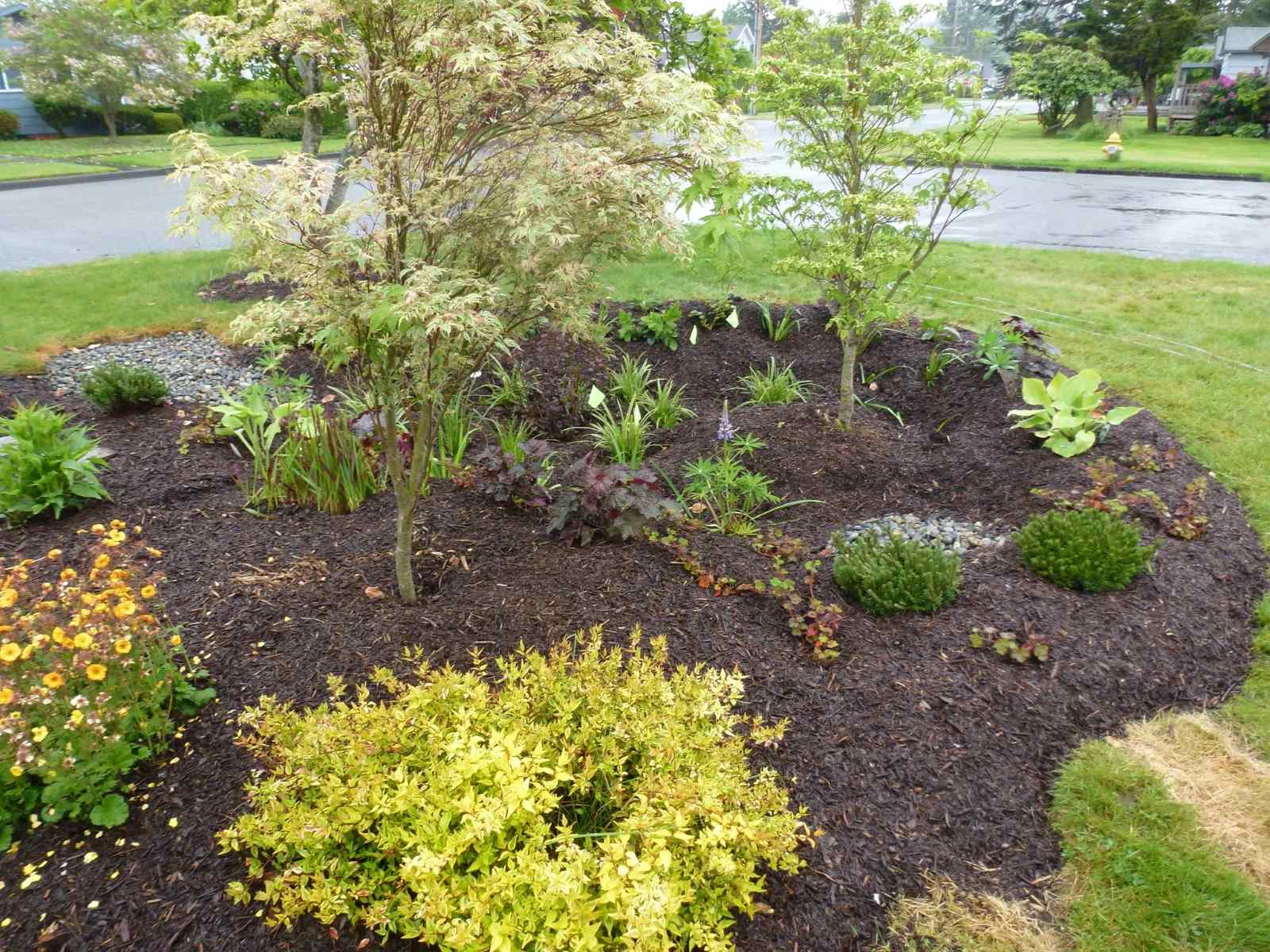
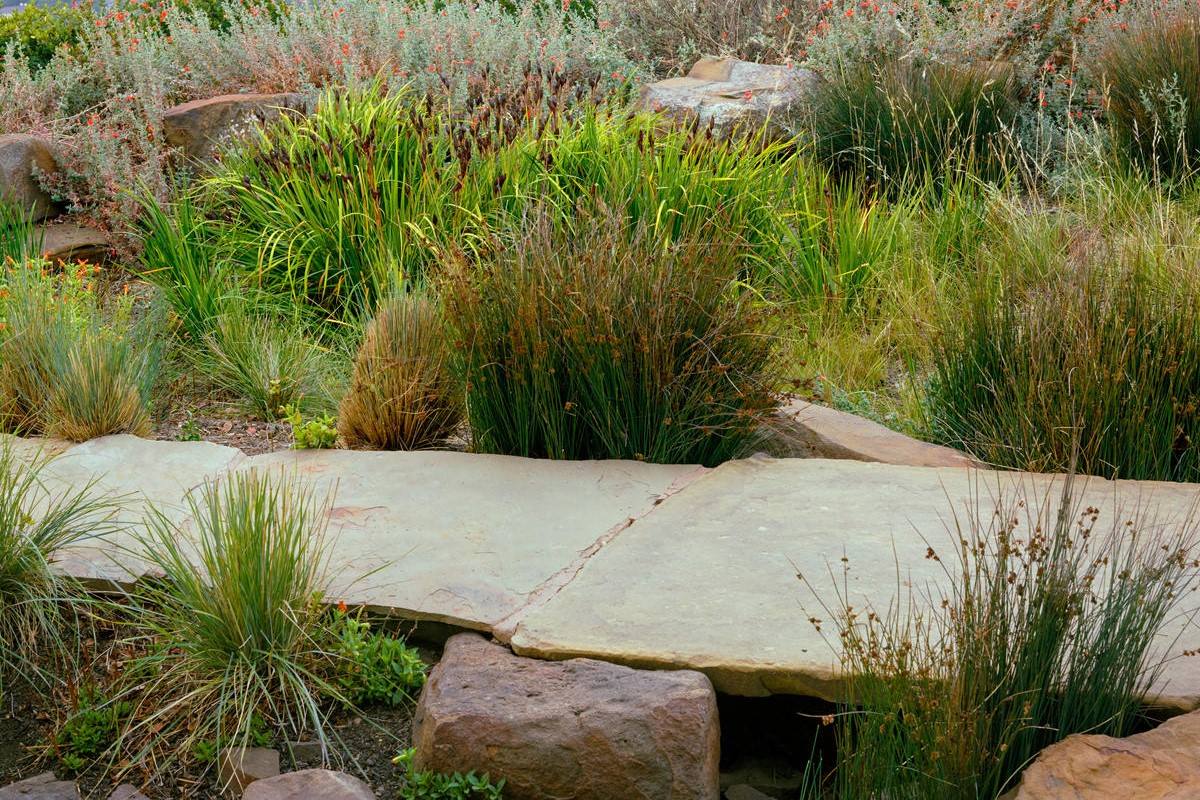
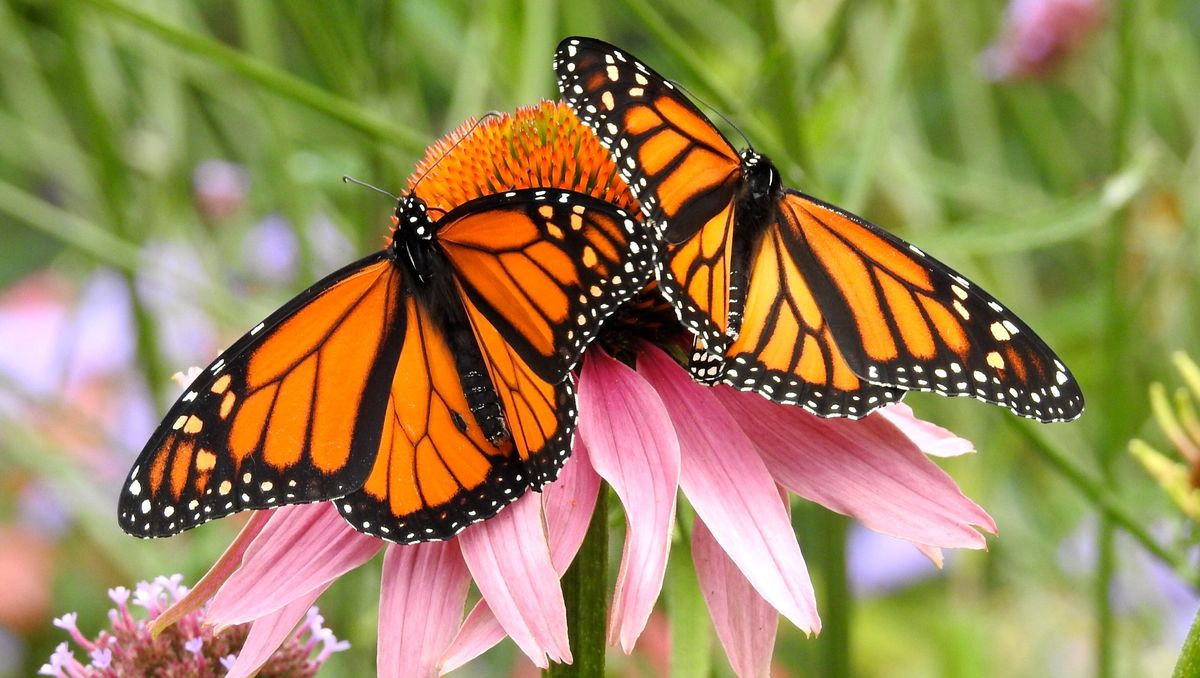
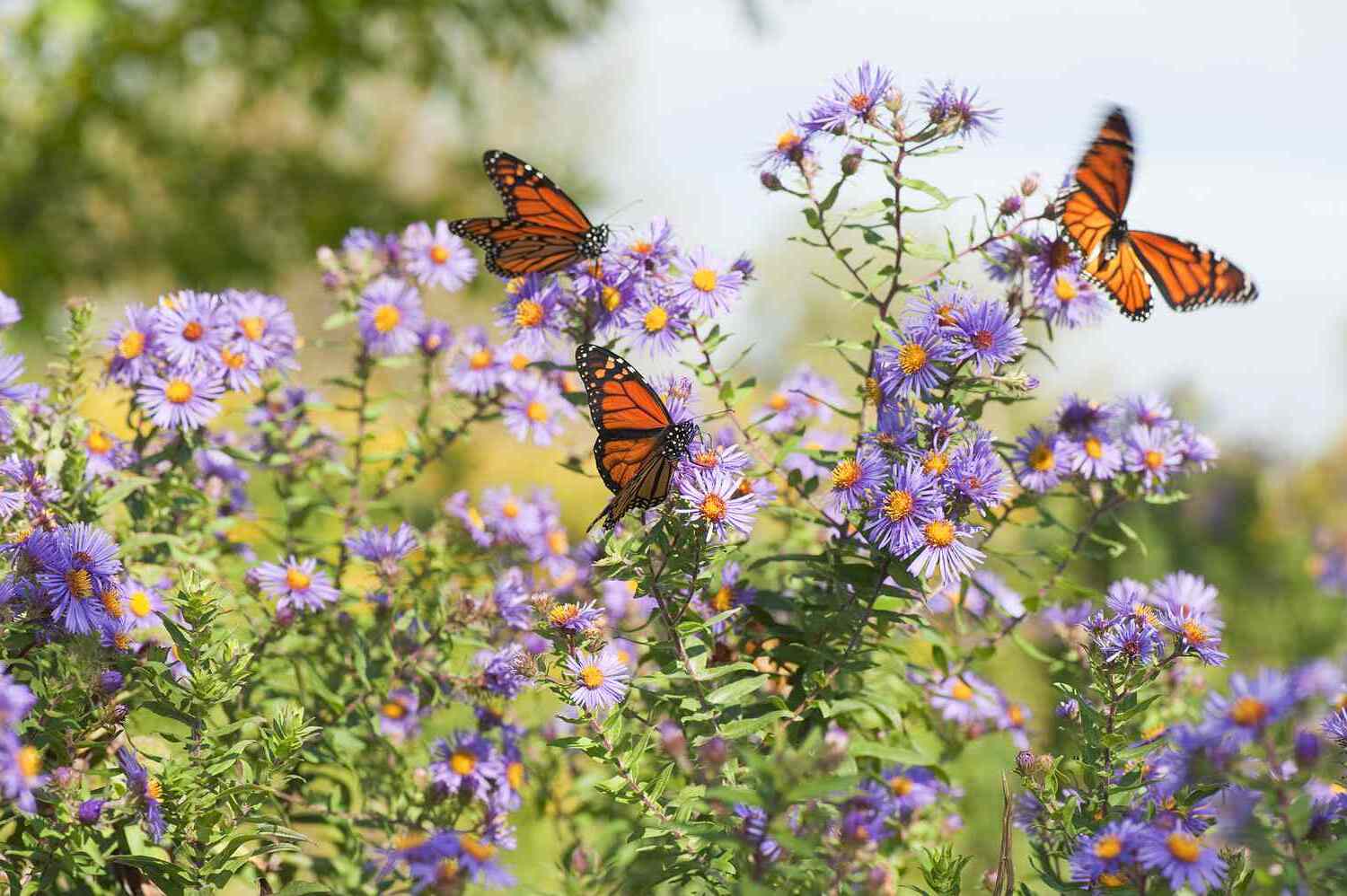
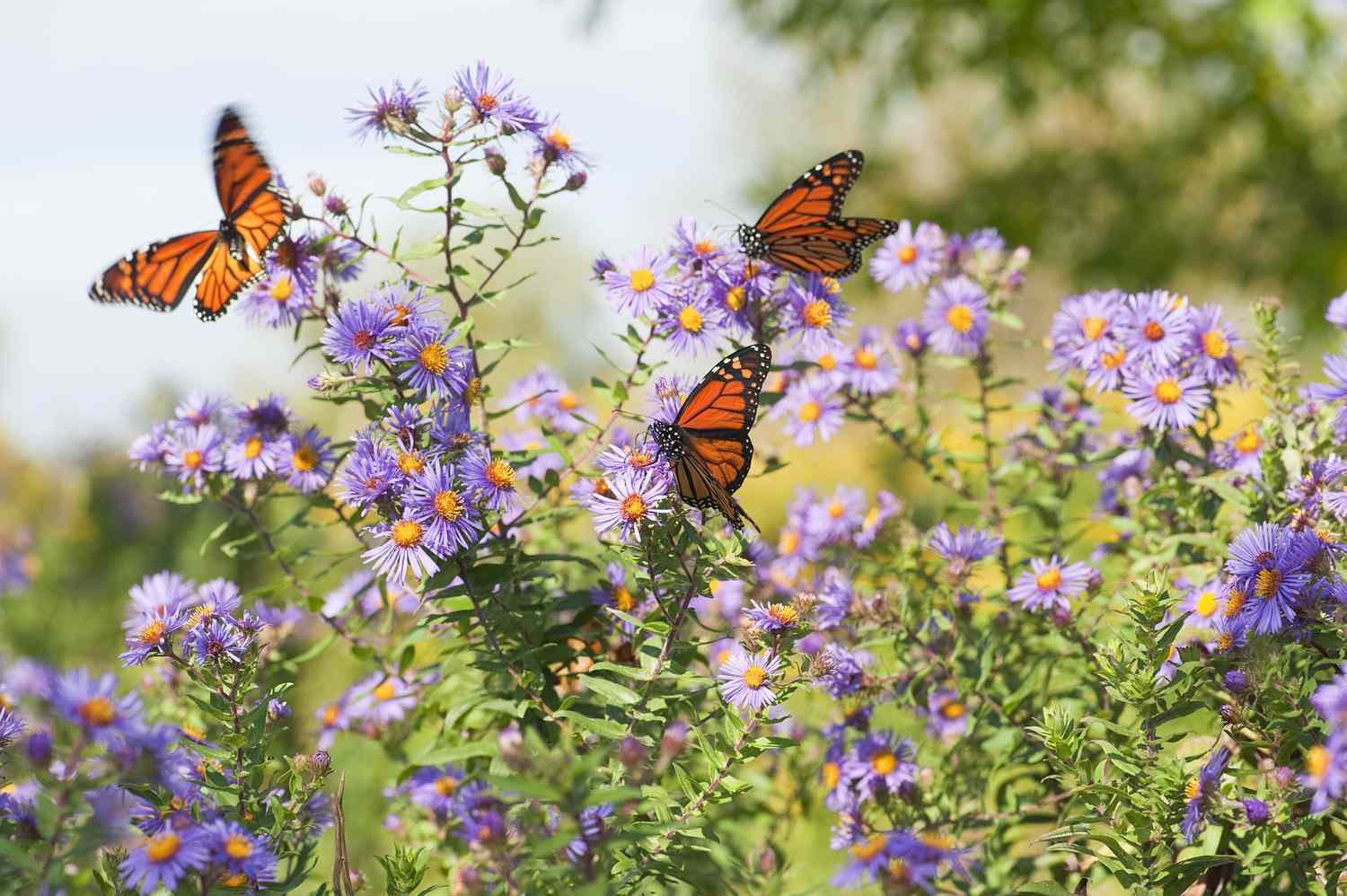
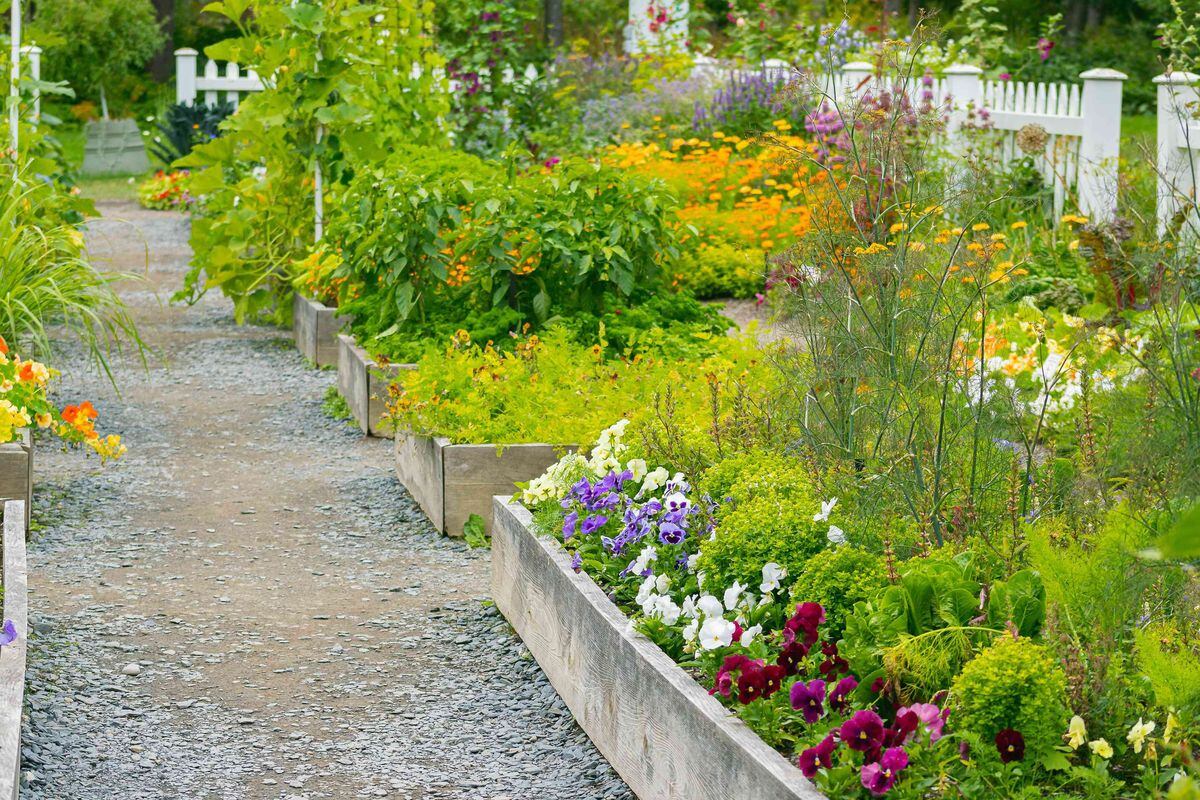
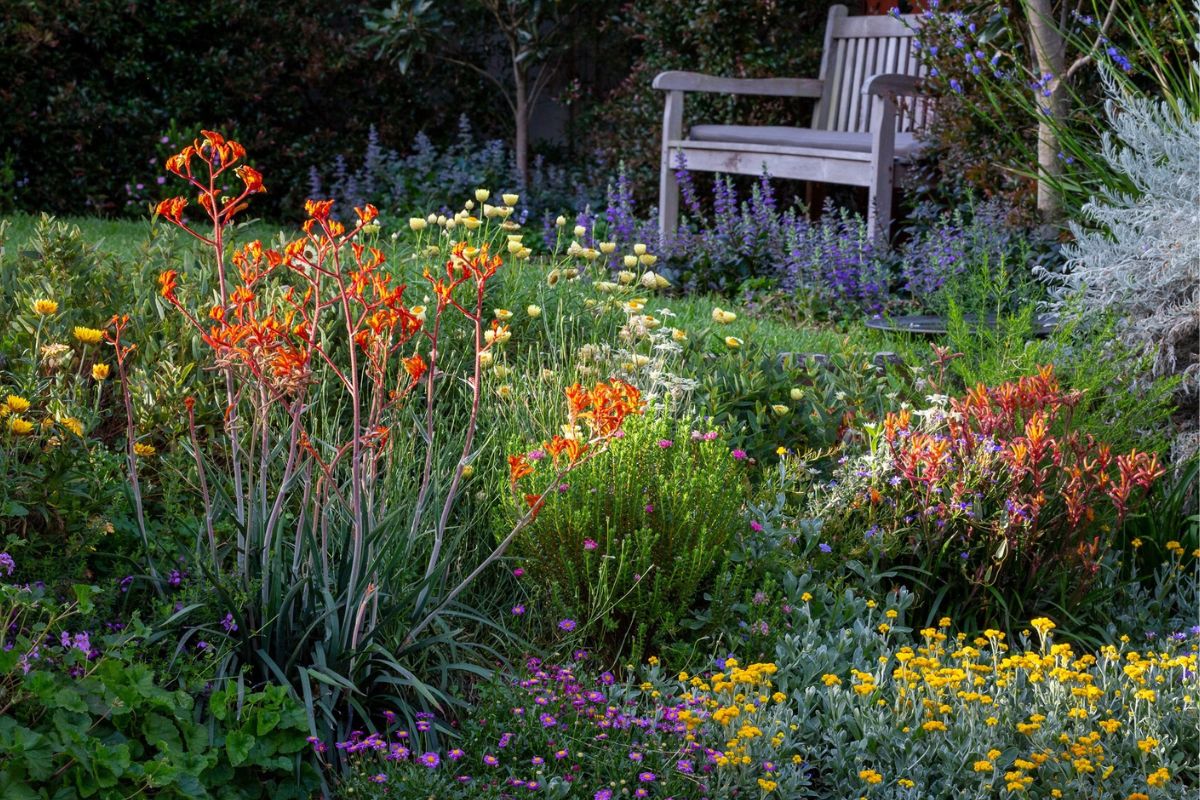
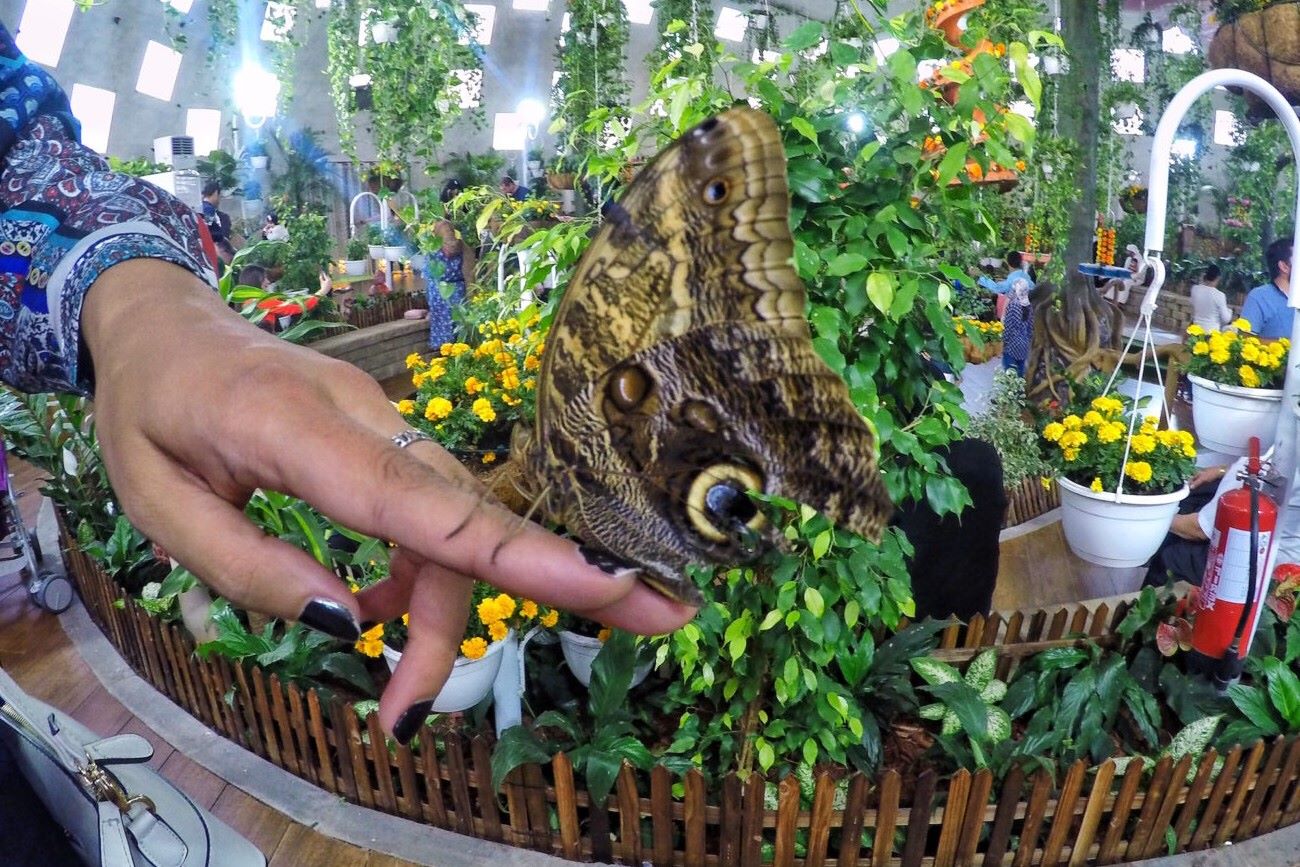
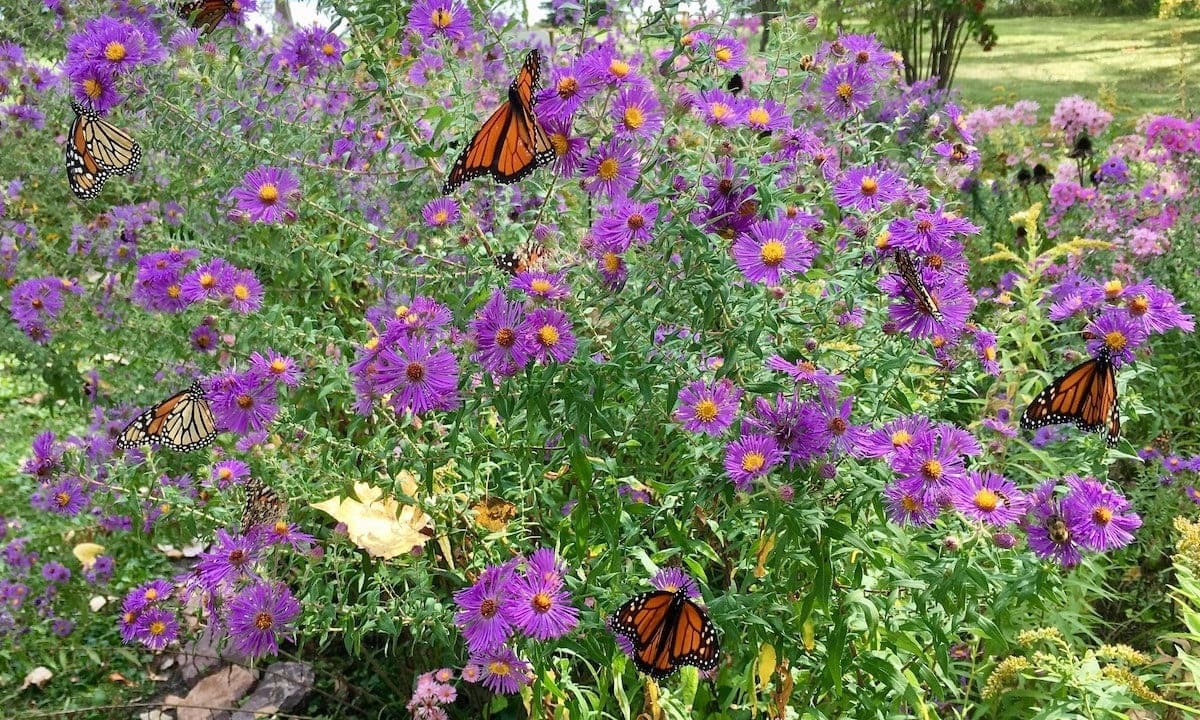
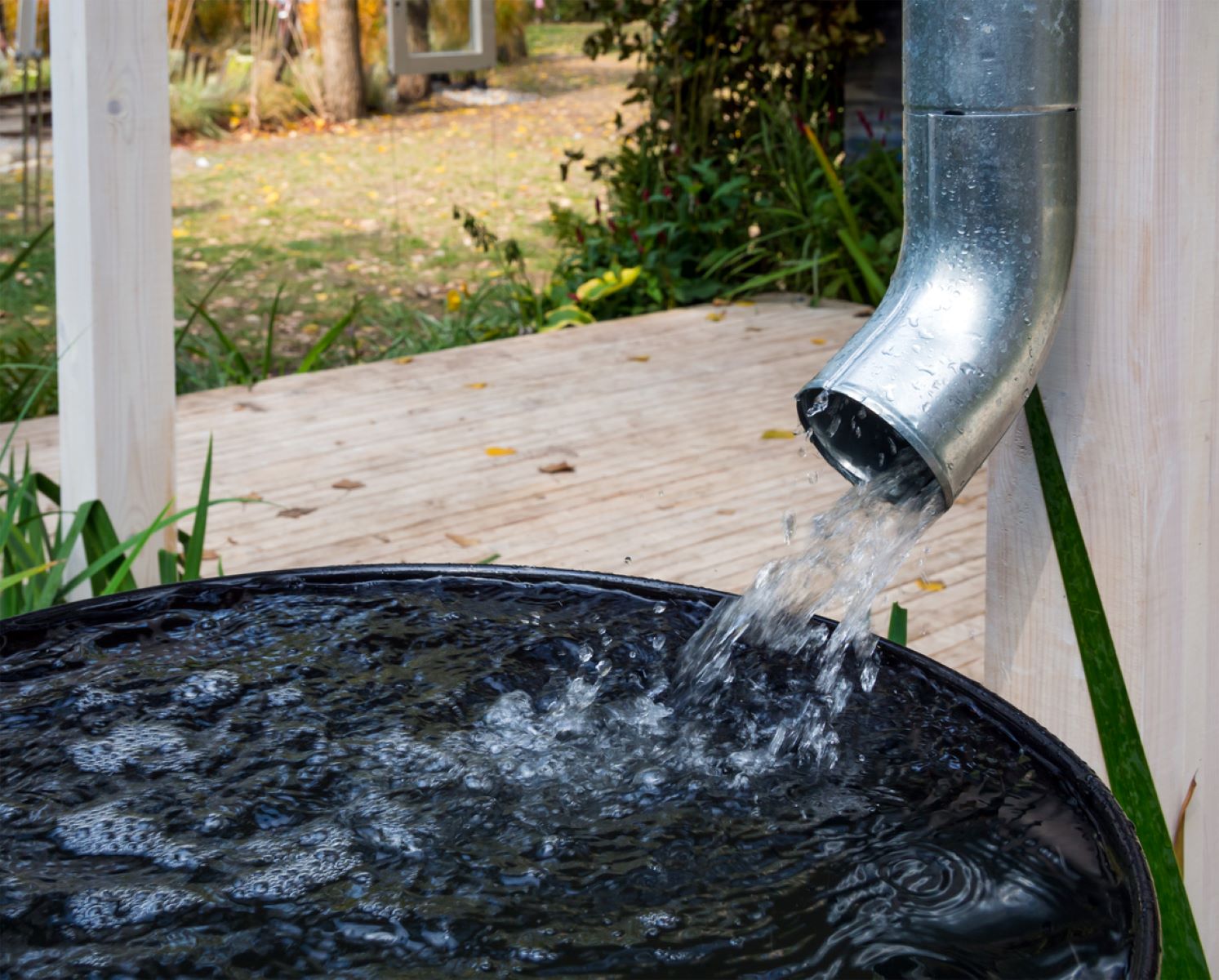
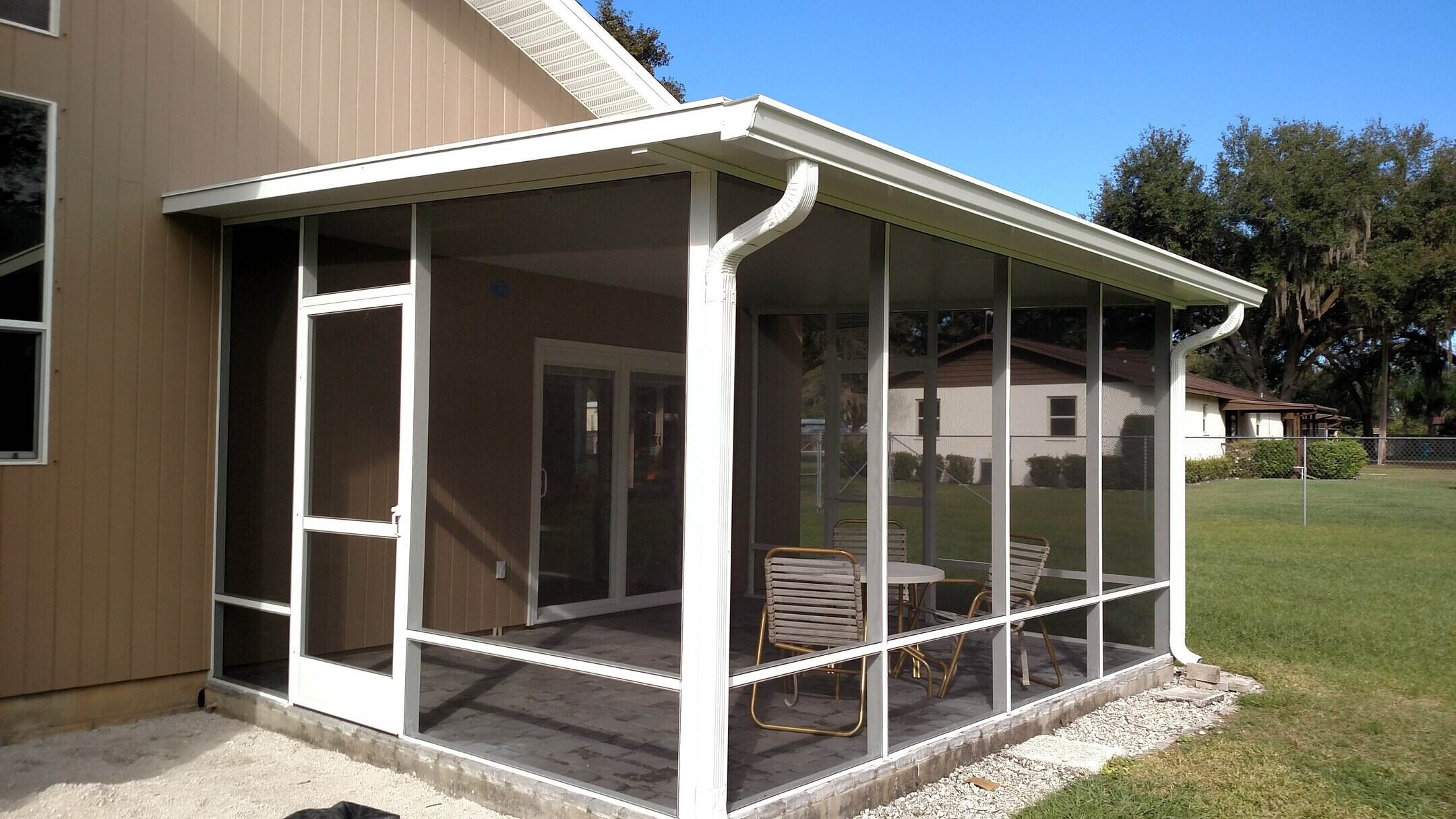
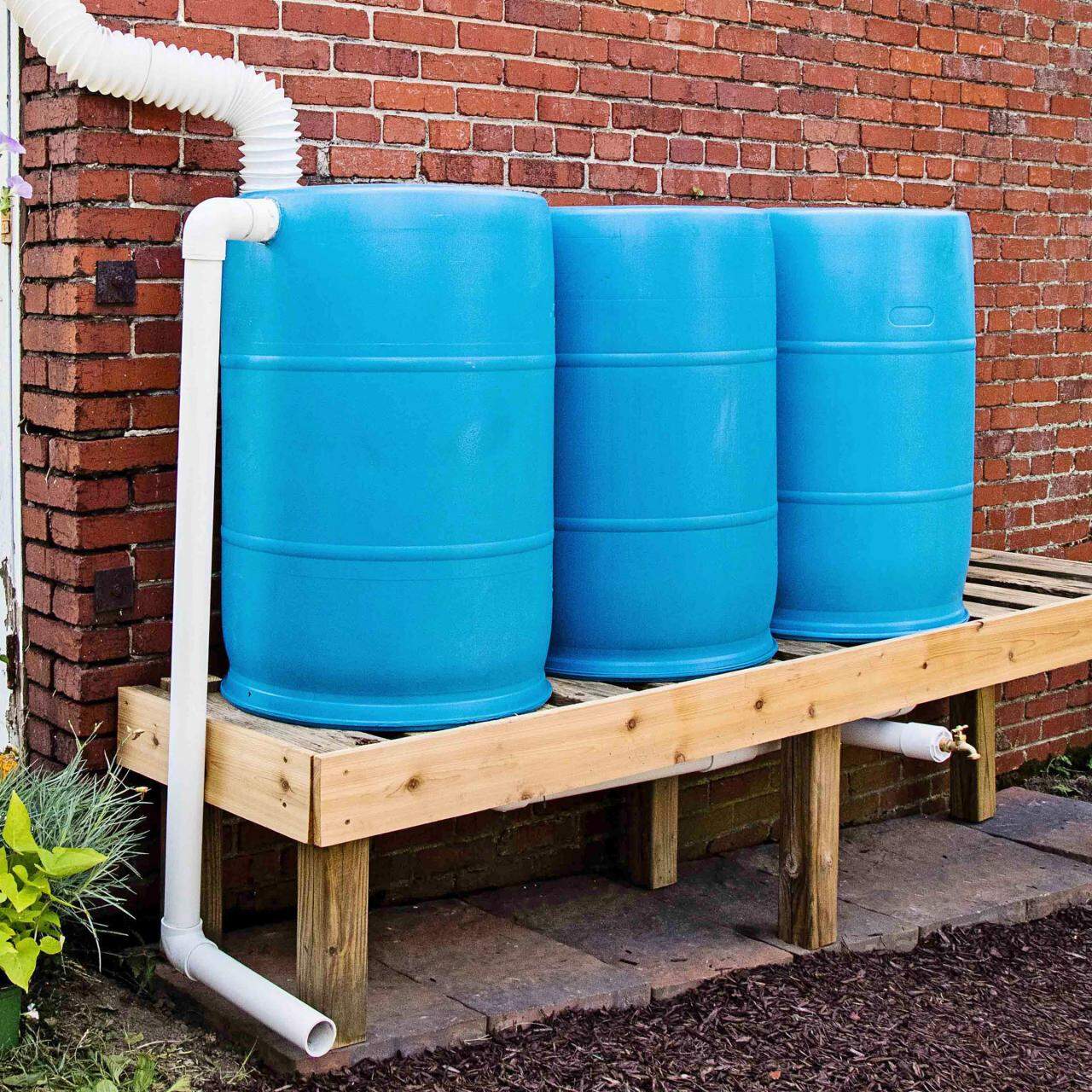


0 thoughts on “How To Design A Butterfly-Shaped Rain Garden”